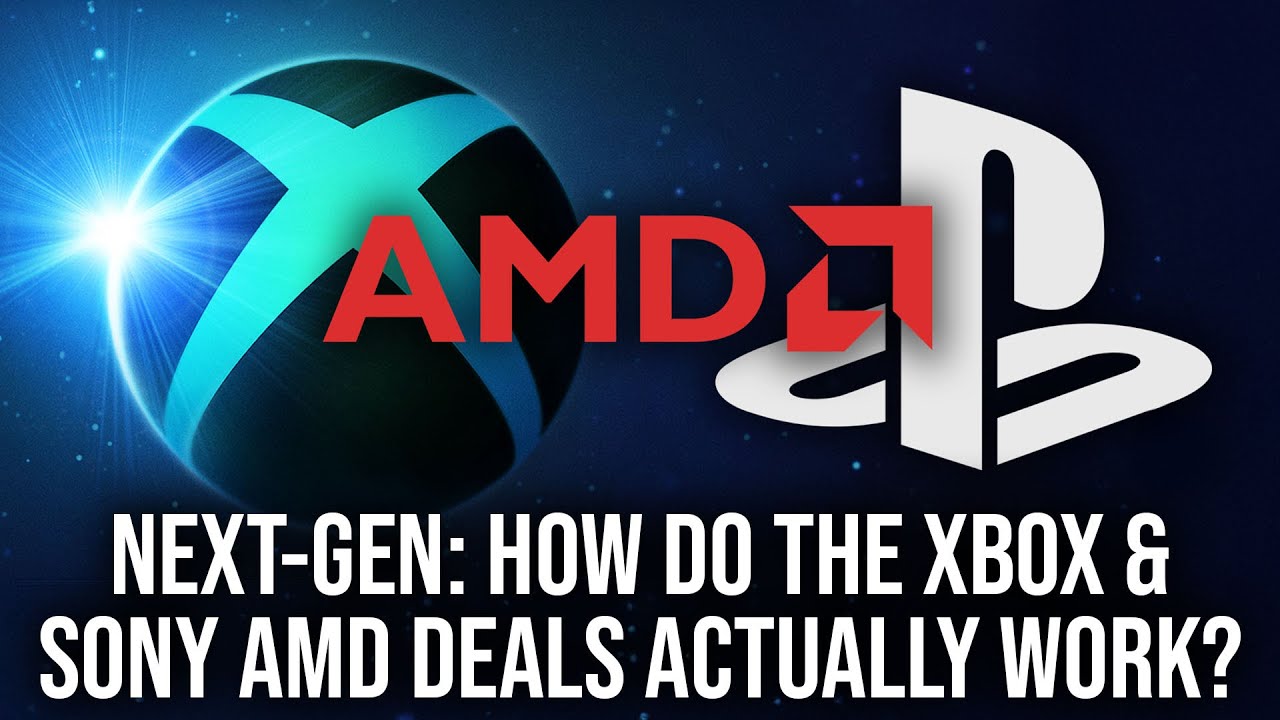The video explains that while Sony takes a more hands-on, co-development approach with AMD to create tailored hardware for the PlayStation, Microsoft collaborates with AMD primarily through feature requests aligned with their broader PC ecosystem strategy, resulting in more standardized designs for Xbox. Despite these differences, both consoles benefit from AMD’s industry-driven innovations, leading to subtle hardware distinctions rather than major performance gaps.
The video discusses the nature of the partnerships between Sony, Microsoft, and AMD in developing next-generation gaming hardware, particularly focusing on how each company collaborates with AMD on their respective consoles. There is a common perception that Sony’s engineers are deeply involved in co-developing the PlayStation 6 hardware, while Microsoft’s Xbox relies more heavily on AMD’s existing designs, branding them as Xbox silicon without as much bespoke engineering. The discussion questions whether this perception is accurate or if there is more behind the scenes, especially considering Microsoft’s push towards a hybrid PC future.
Oliver suggests that Microsoft’s relationship with AMD is somewhat collaborative but more focused on making specific feature requests, such as ray tracing acceleration, rather than deep co-engineering. Microsoft tends to ask AMD for features that align with their DirectX roadmap and PC ecosystem needs, resulting in consoles like the Xbox Series X incorporating the full RDNA5 architecture with all its PC features. In contrast, Sony appears to be driving the development more directly, with engineers like Mark Cerny actively involved in integrating new technologies into AMD’s designs, sometimes resulting in a leaner, more tailored APU for the PlayStation.
The conversation also references leaked FTC documents that hint at uncertainty over whether Microsoft’s upcoming SOC will be a custom co-developed chip or more of an off-the-shelf AMD design. There is speculation that parts of the chip, such as the CPU and GPU dies, may be more generic and shared across different platforms, including servers. However, the lack of concrete information means that much of this remains speculative, and insiders note that gamers today often feel closer to the hardware development process than they actually are.
Alex adds that the broader PC market plays a significant role in shaping the development of console hardware. AMD is likely pushing new technologies independently, driven by the overall direction of the industry rather than solely by the demands of Sony or Microsoft. This results in a convergence where both consoles share many features, though each may include unique capabilities or optimizations that the other lacks. Ultimately, both platforms benefit from AMD’s advancements, and the differences tend to be subtle rather than game-changing.
The discussion concludes by reflecting on past console generations, noting that the perceived power differences between the Xbox Series X and PlayStation 5 turned out to be minimal in practical terms. Decisions to include or exclude certain features, like variable rate shading (VRS) on PlayStation, were strategic and did not negatively impact performance. Overall, the partnerships between AMD, Sony, and Microsoft are complex and multifaceted, blending collaboration, independent innovation, and strategic differentiation to deliver competitive next-gen gaming experiences.
